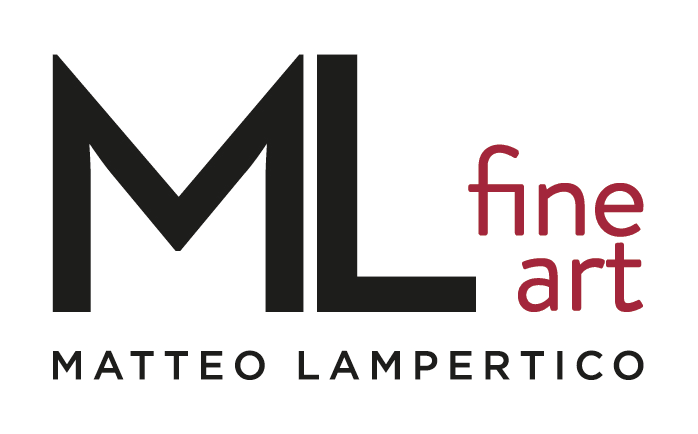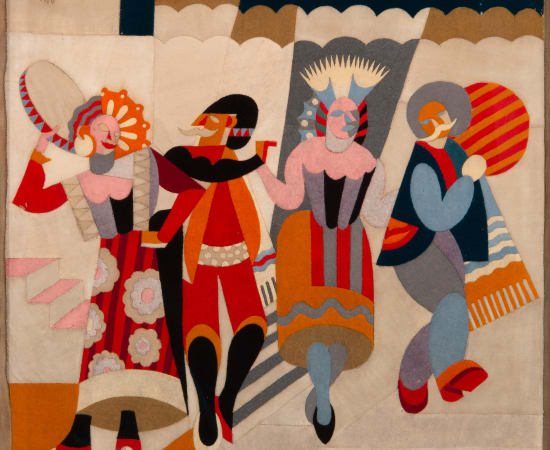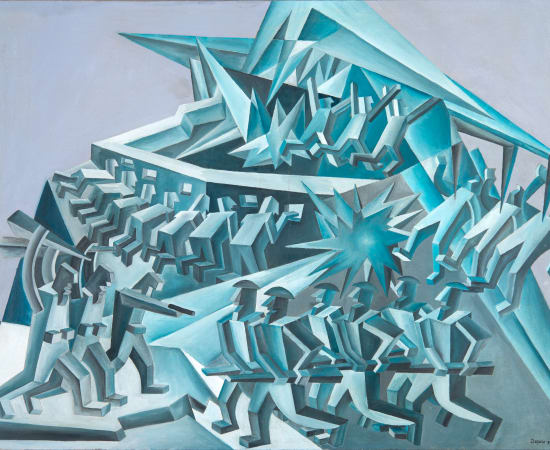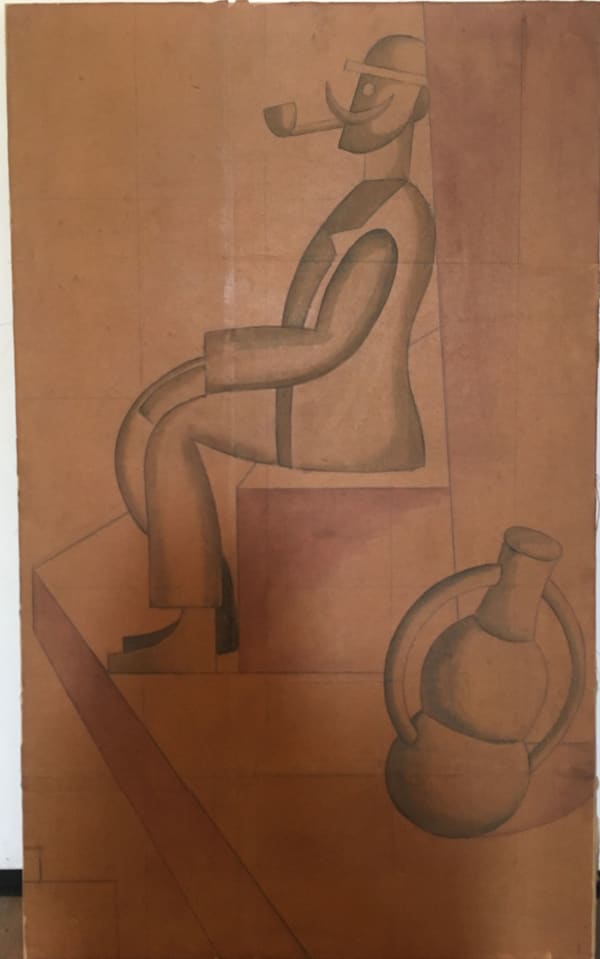Fortunato Depero Italian, 1892-1960
Fortunato Depero was born on March 30, 1892, in Fondo, Italy. Depero was schooled at Scuola Reale Elisabettina in Rovereto, Italy, where he was taught to develop technical specialization and applied arts techniques. In 1910, Depero began working as an apprentice with a marble worker to further his artistic development. In 1913, Depero discovered the futurist paper “Lacerba” and was greatly inspired. He then began his approach to futurism.
Fortunato Depero was born on March 30, 1892, in Fondo, Italy. Depero was schooled at Scuola Reale Elisabettina in Rovereto, Italy, where he was taught to develop technical specialization and applied arts techniques. In 1910, Depero began working as an apprentice with a marble worker to further his artistic development. In 1913, Depero discovered the futurist paper “Lacerba” and was greatly inspired. He then began his approach to futurism.
Depero’s career began as a fine artist and eventually developed into commercial art. Over time, Depero became the most successful futurist graphic designer.
Futurism was marked by a hatred for anything representative of the past. Futurists like Depero despised museums and galleries and viewed them as aristocratic and ancient. Futurists supported machine-driven technology and garnered a strong desire to rebuild anew. Speed and power were inspirations for the artists, and futurist works were created with geometric elements and great intensity, direction and color. Advertising was an important medium for futurists to extend their ideas. Depero worked with futurist painter Giacomo Bella, and the pair signed The Futurist Reconstruction of the Universe. The manifesto suggested “sound and kinetic three-dimensional advertisements,” which were completely unheard of at the time.
In his promo book Depero Futurista, Depero speaks of new futurist advertising design styles. The pages were fastened with nuts and bolts, which created a unique, modern and thereby futurist design. The design of the book was marked by geometric shapes with a paper cut-out style in black and white. The simplicity of this design reflected the futurist idea of “The Futurist Toy,” which stated that an image should be stimulating to both children and adults alike. Also, the simplicity of the design made the images easy to reproduce by line block in newspapers and in color by lithography for posters.
Following the release of Depero Futurista, Depero moved on to New York, where he continued to paint, design for the theatre and work as a freelance advertising designer. He designed covers for magazines such as Vanity Fair, but the majority of his work was used to promote futurism as well as himself. In 1929, Depero wrote the outline for Il Futurismo e l’arte pubblicitaria (Futurism and the Art of Advertising), which spoke of the inevitable impact that advertising would make on art in the future.
On November 29, 1960, Fortunato Depero died at age 68 due to diabetes. However, many of his works are still exhibited today in Italian museums.







